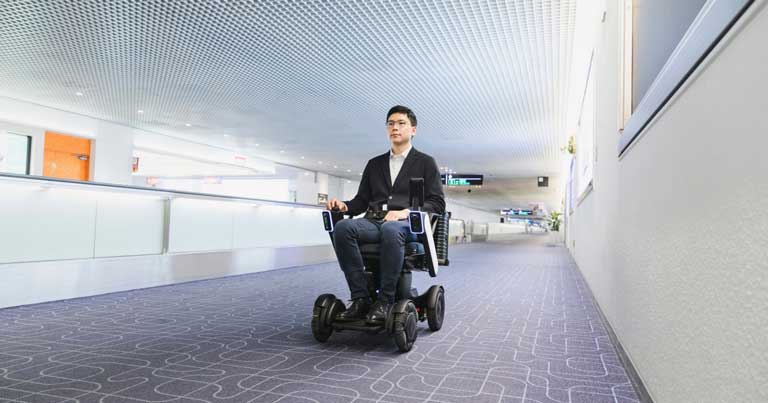
Following successful trials in 2019, Haneda International Airport has announced that it will be utilising WHILL’s autonomous drive system to optimise current PRM (Passengers with Reduced Mobility) operation while helping to prevent the spread of coronavirus.
The service has been designed for people who have difficulty walking long distances and individuals with limited mobility departing from Haneda International Airport, Terminal 1. The autonomous mobility service will drive passengers from the dedicated WHILL station located near the security gate to designated boarding gates. Upon trip completion, the device will automatically return to its base.
The autonomous mobility service is also equipped with anti-collision function. The WHILL Autonomous Drive System can manage and operate multiple devices simultaneously. The self-driving works by layering its surrounding information detected by sensors with map information about the area collected in advance.
According to WHILL, the goal of the autonomous drive system is to reduce the risk of spreading infection through contact between wheelchair service staff and passengers at close range, as well as helping to optimise the current PRM service operation.
“In the coronavirus era, we believe services that support mobility while maintaining social distancing will accelerate to replace human labor with robots and autonomous driving technologies,” said Satoshi Sugie, CEO of WHILL. “WHILL wants to provide a safe service that connects the last mile. We look forward to rapidly developing our business in order to help restore a world where people can move around with peace of mind and enjoyment.”







